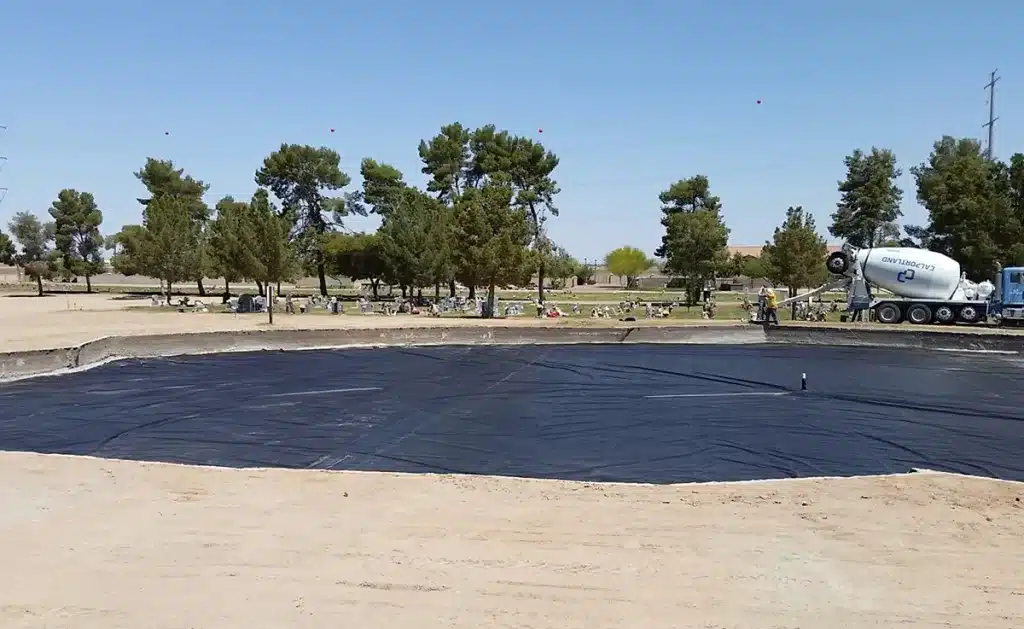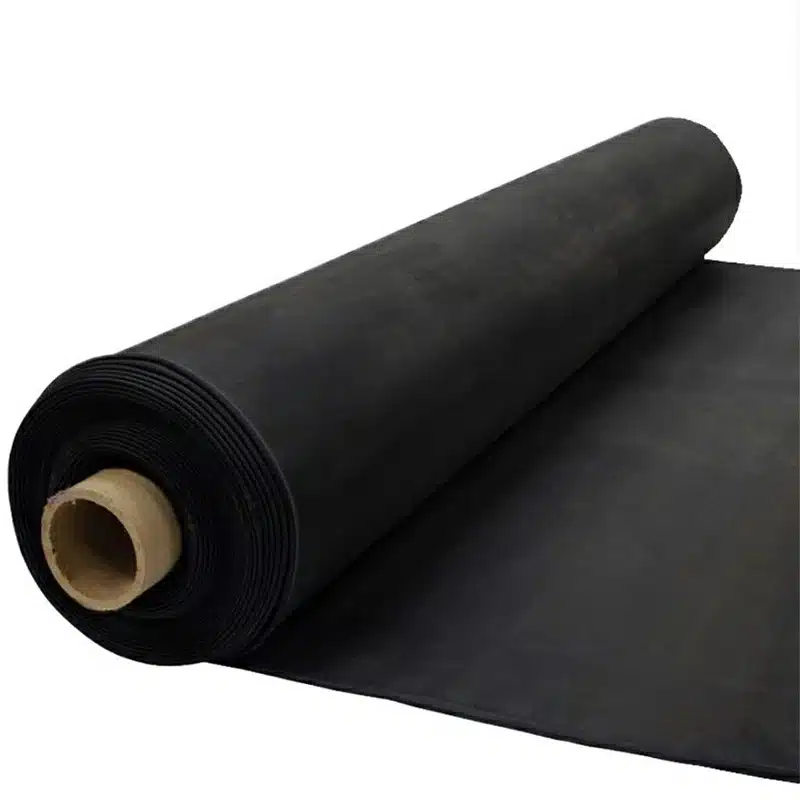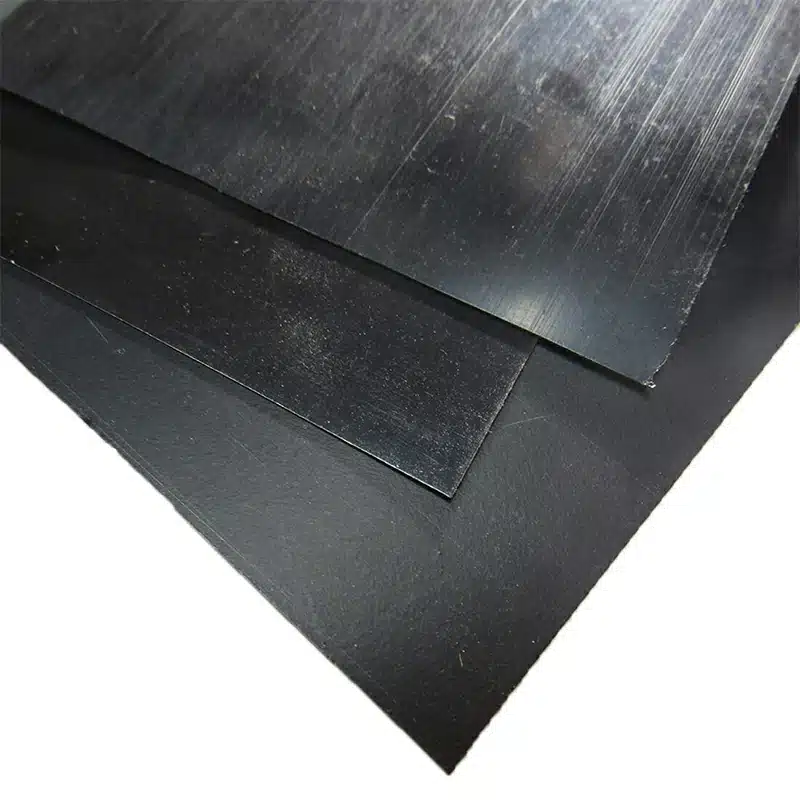+86-159 9860 6917
info@geofantex.com
geofantex@gmail.com
+86-400-8266163-44899
Geomembrane ponds are a critical element in modern water management systems, providing an efficient and sustainable solution for water storage in various applications such as agriculture, aquaculture, and environmental protection. These ponds utilize geomembrane liners, which are synthetic membranes designed to prevent water seepage, ensuring water conservation and maintaining the integrity of the stored water. In addition to geomembrane liners, geogrids play a significant role in enhancing the structural stability of these ponds, making them more durable and effective.
What is a Biaxial Geogrid?
A biaxial geogrid is a type of geosynthetic material designed to provide reinforcement in two perpendicular directions both longitudinally and transversely. This unique structure makes biaxial geogrids highly effective in distributing loads evenly, thereby improving the stability and load-bearing capacity of the soil. In the context of geomembrane ponds, biaxial geogrids are used to reinforce the base and sides of the pond, preventing erosion and maintaining the integrity of the pond structure over time.

What is the Difference Between Biaxial and Uniaxial Geogrid?
The primary difference between biaxial and uniaxial geogrids lies in their load distribution capabilities. While biaxial geogrids provide reinforcement in two directions, uniaxial geogrids are designed to reinforce in only one direction, usually the longitudinal direction. This makes uniaxial geogrids ideal for applications where the primary stress is along one axis, such as retaining walls or slopes. In contrast, biaxial geogrids are better suited for applications like geomembrane ponds, where multi-directional reinforcement is essential for stability.
What are the Different Types of Geogrids?
Geogrids are broadly classified into three main types based on their structure and application:
- Biaxial Geogrids: Provide reinforcement in two perpendicular directions, ideal for load distribution and stabilization.
- Uniaxial Geogrids: Reinforce in one direction, used primarily in retaining walls and slopes.
- Triaxial Geogrids: Offer reinforcement in multiple directions, providing enhanced stability and load distribution. Triaxial geogrids are often used in applications requiring superior strength and resilience.
Each type of geogrid is selected based on the specific needs of the project, ensuring optimal performance and longevity.
What is the Purpose of a Geogrid?
The primary purpose of a geogrid is to reinforce and stabilize soil or other materials. In the context of geomembrane ponds, geogrids provide critical support to the structure by preventing soil erosion, enhancing load distribution, and increasing the overall stability of the pond. This reinforcement is essential for maintaining the pond’s integrity, especially in areas with varying soil conditions or heavy load requirements.
Geomembrane ponds, supported by the strategic use of geogrids, represent an innovative approach to water management, offering reliable and sustainable solutions for water storage. Understanding the role of different types of geogrids, such as biaxial and uniaxial, and their specific applications, is crucial for optimizing the design and functionality of these ponds. As we continue to face global water challenges, geomembrane ponds will play an increasingly vital role in conserving and managing water resources effectively.



Get Free Sample
We’ll respond as soon as possible(within 12 hours)






















